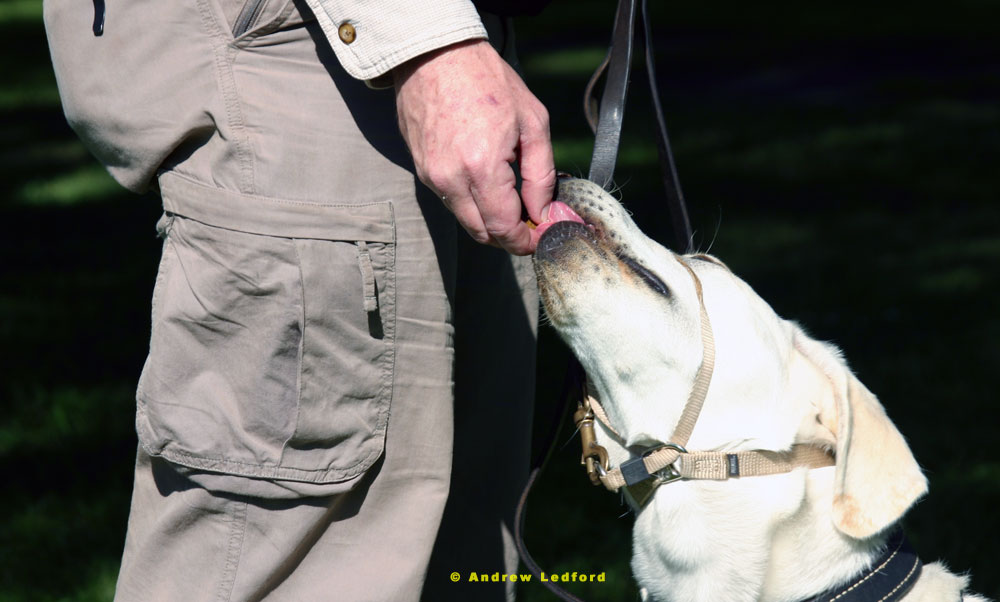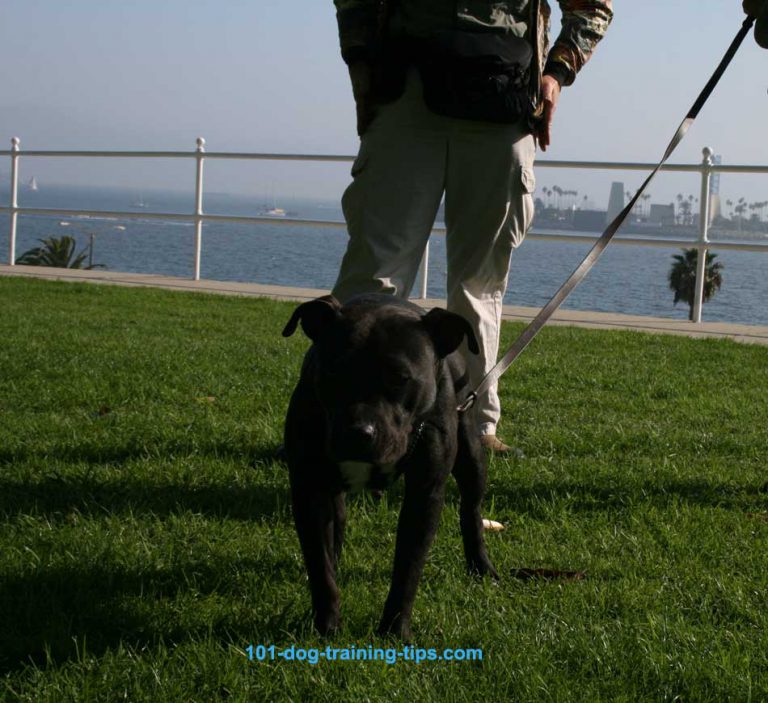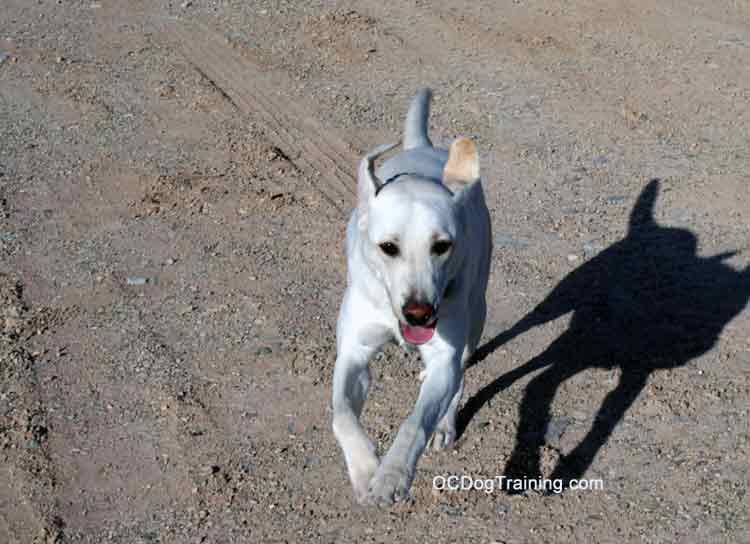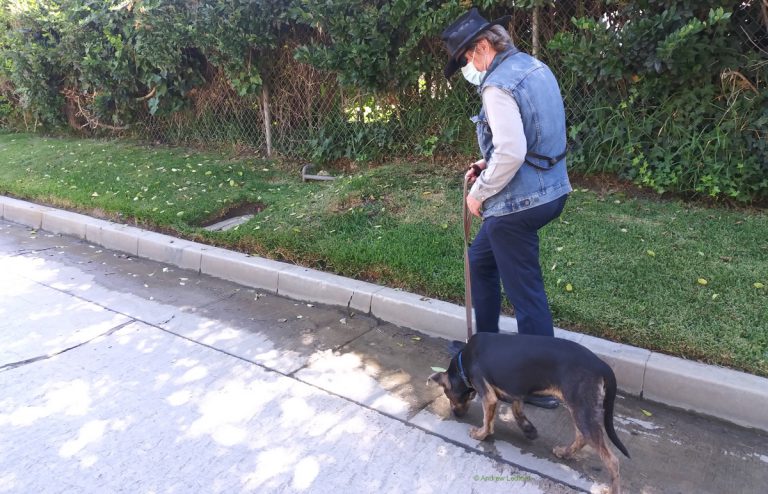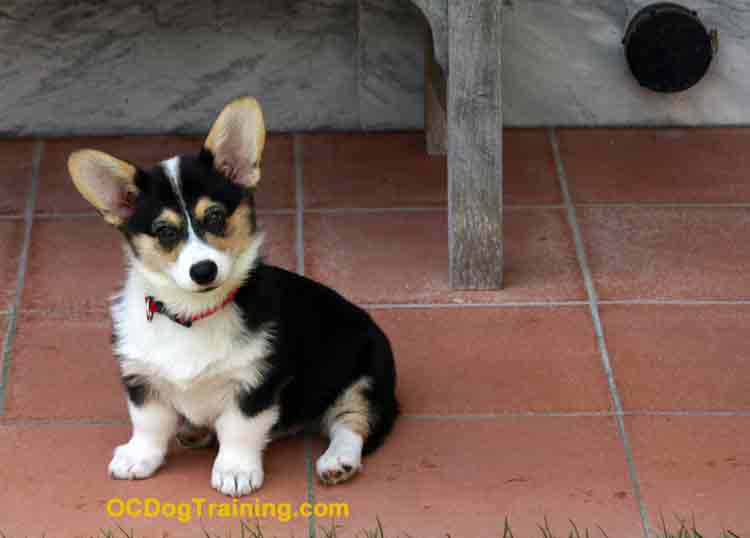Dog Training Plan and Training Goals
Dog Training Plan and Training Goals by Andrew Ledford 714-827-4058
Benefits of a dog training plan
From training our dogs we can learn that it’s often beneficial to have a plan. Planning is one of the steps that helps us progress toward our goals. A training plan allows us to perform the appropriate behavior when an opportunity presents itself.
Sometimes a training plan may be simply having the right tools available at the right time. When working with dogs, many owners don’t have food rewards available when rewards are most needed. When and where are the places that food is most often needed? I have found the main areas to be doorways and the main living areas. In my house I always have food by the front door, back door, and my desk. This is especially important if you are training your puppy or doing a food based potty training program.
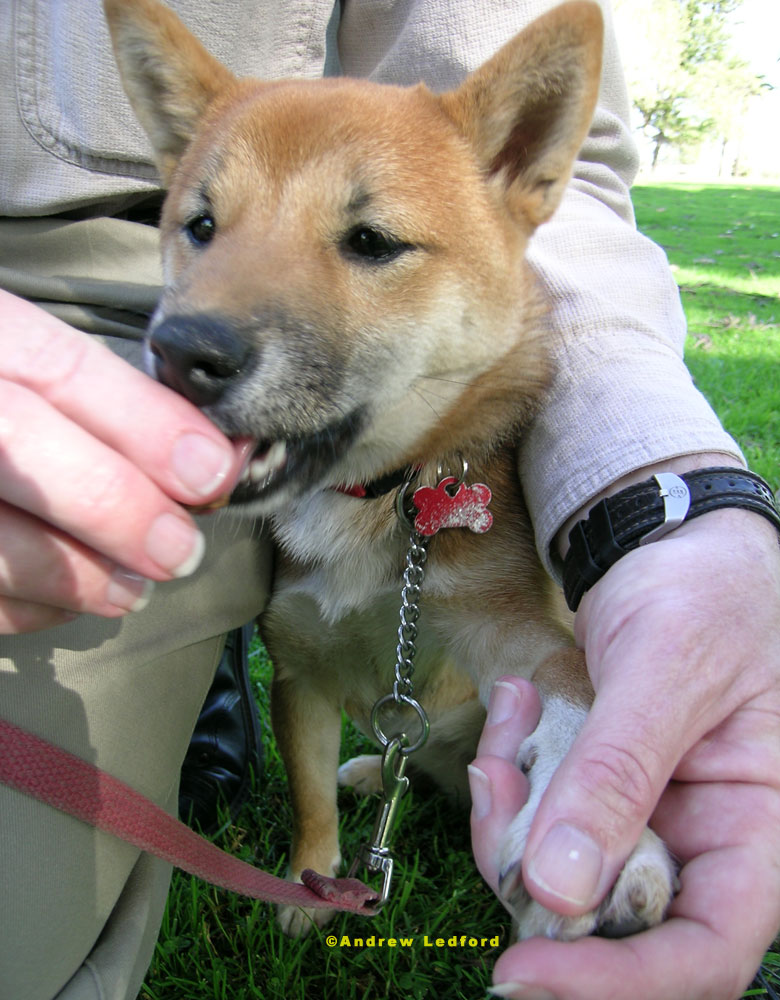
If there are food rewards available when they’re needed what’s likely to happen your dog performs a behavior correctly? The answer – when food rewards are available it’s more likely the dog will be rewarded for the desired behavior.
When you have food handy you have already made plans to use it.
“Making plans and calculating their outcome distinguishes rules of progression as a separate definable part of history.”
Andrew Ledford © 2000 –2009
Planning involves more than just training the dog, usually before I visit a new clients house I will look on Google Maps to evaluate the neighborhood. I want to see if the geography may contribute to any of the dog’s behavior.
Once I meet the dog and talk with the owners I form a lesson plan for that day and beyond. During the first lesson I develop an idea of how I would like the training to progress, but I also try to remain flexible.
I do have a method or system. However, the order and how the training exercises are taught does vary.
A general outline or plan for a dog training program
Lesson 1 – foundation exercises
Lesson 2 – work out of the house on leash manners
Lesson 3 – formal obedience commands
Lesson 4 – increase distractions
Lesson 5 – work in high distraction areas
I will try to add a bit more to this post as I find the information half of it was originally published on a website I no longer use.
Wishing you the very best in dog training and I life,
Andrew Ledford
I can be reached at 714-827-4058
